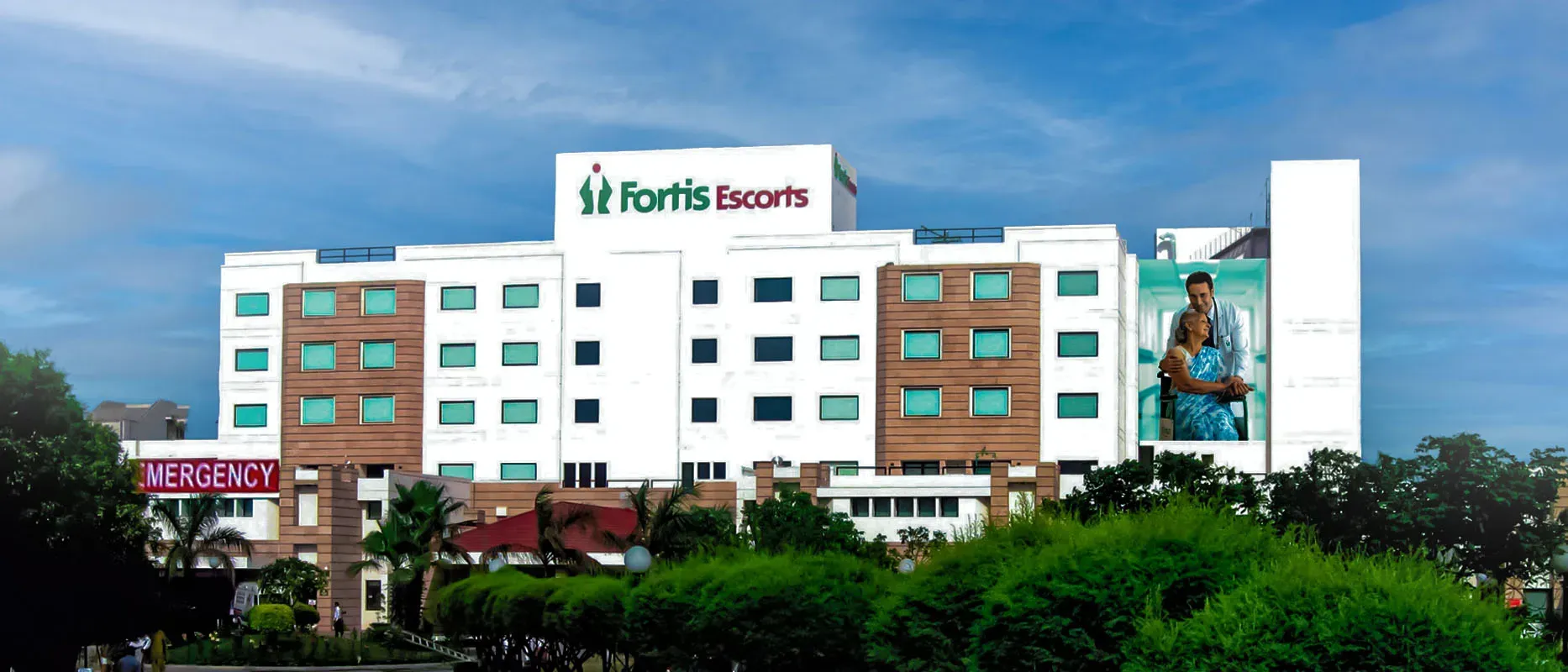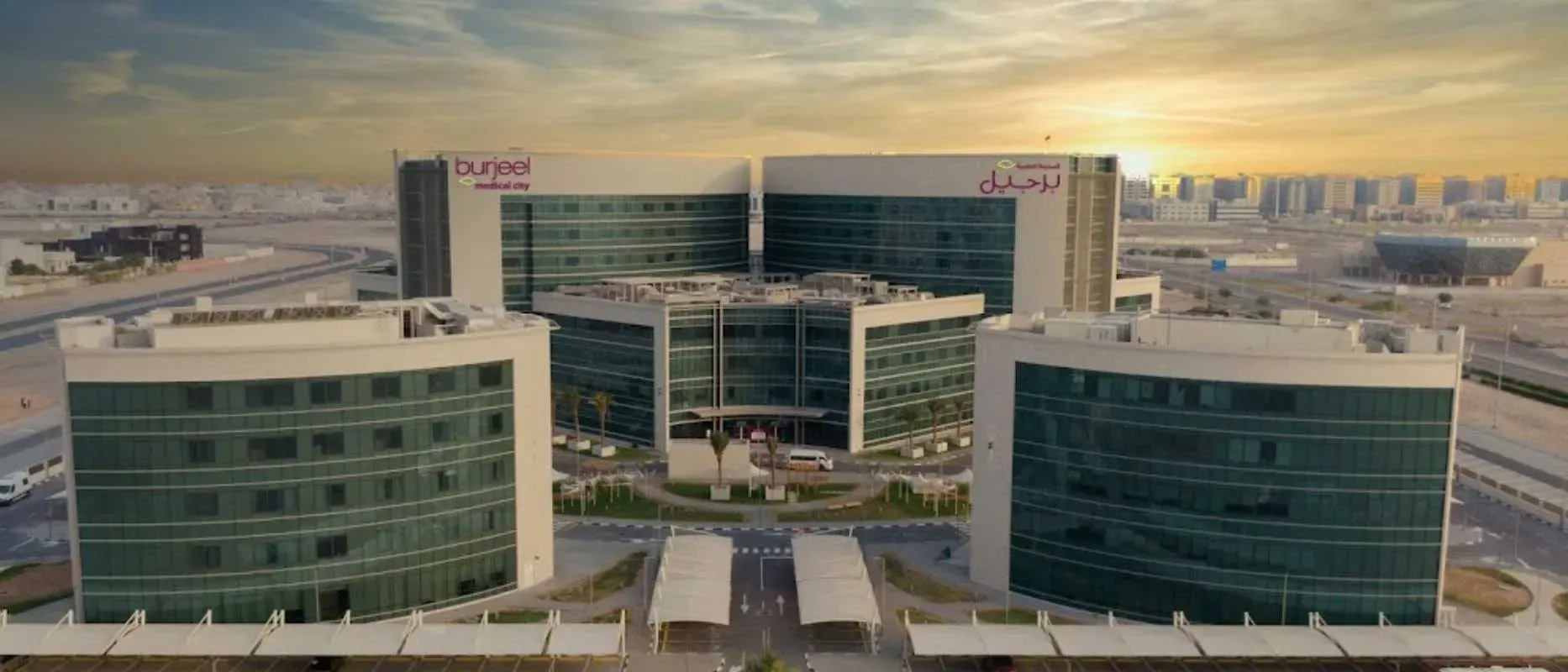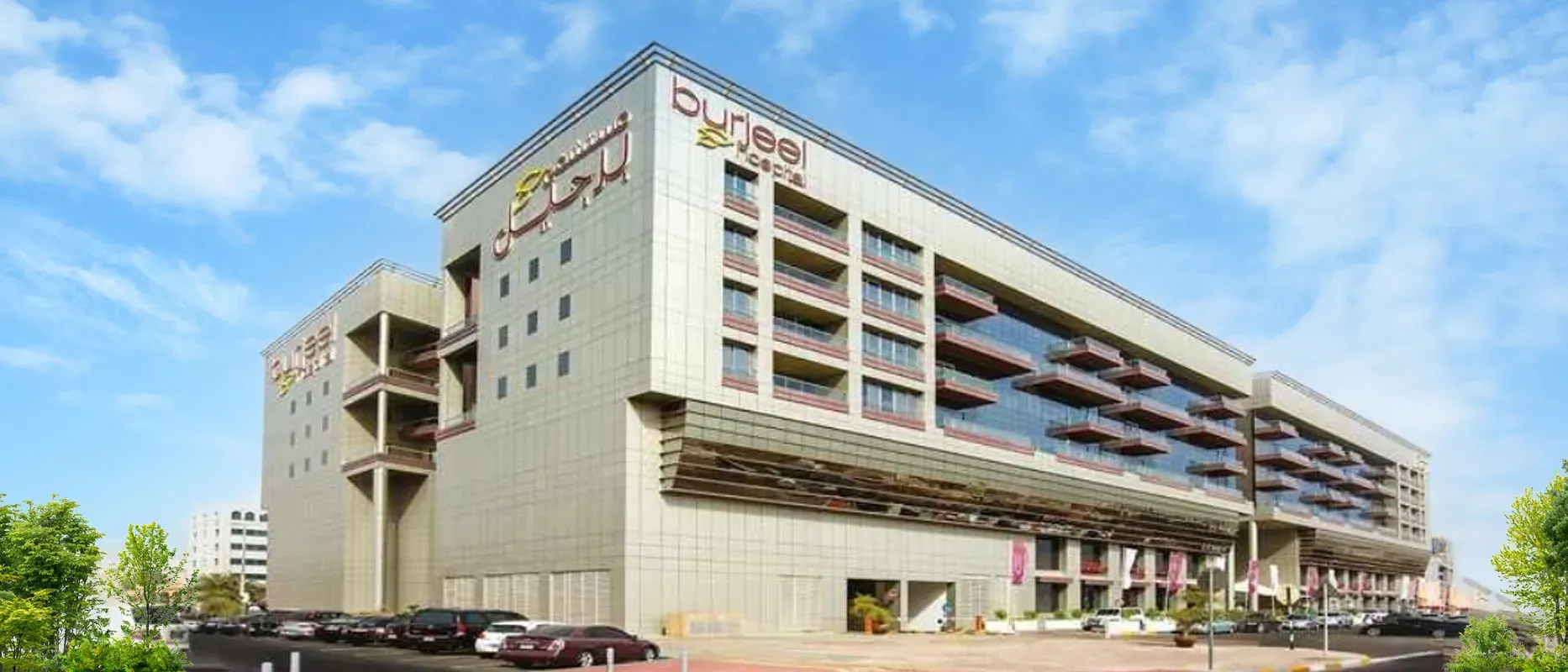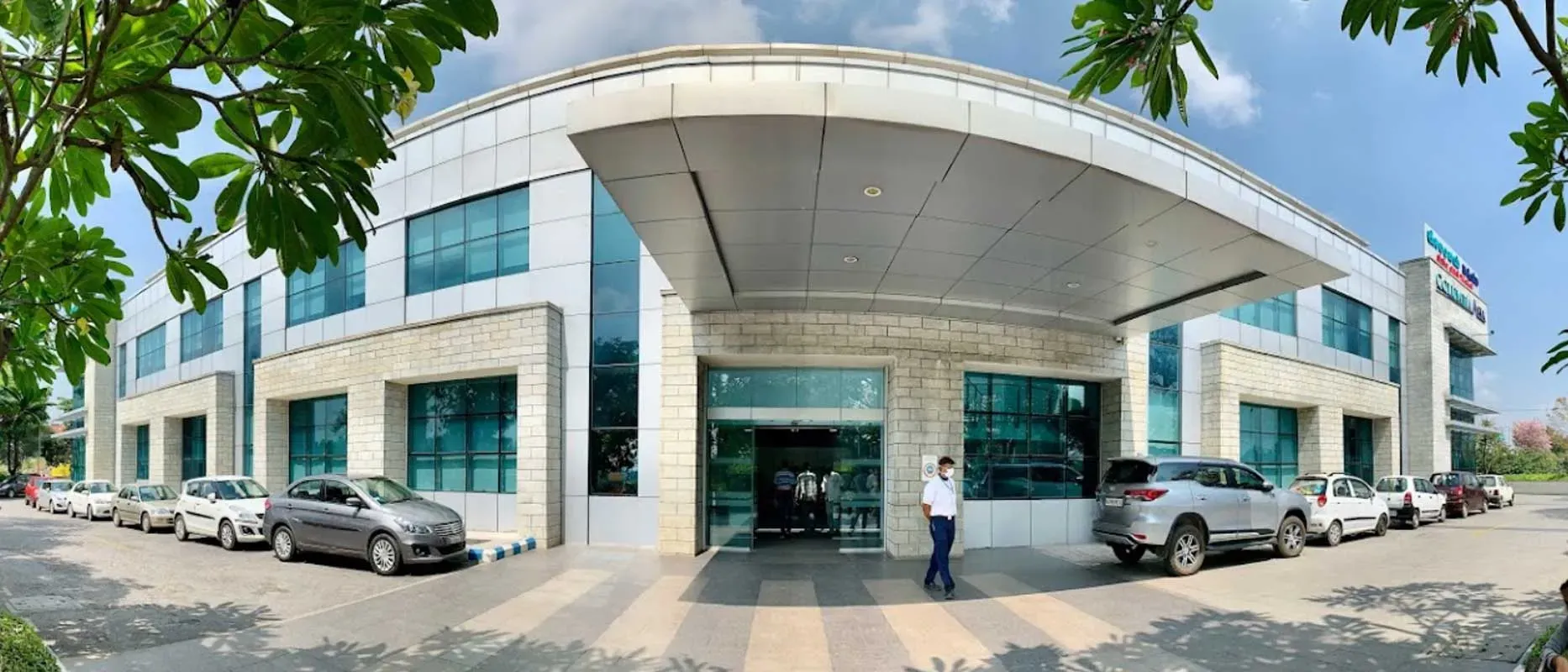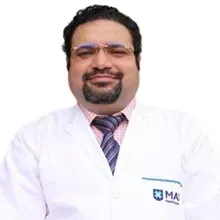Overview of Robotic Thoracic Surgery Treatment India
Robotic Thoracic surgery is a minimally invasive chest and lung surgery performed with the DaVinci robotic system. The system does not function automatically, in fact, it is controlled by a surgeon. Miniature tools are inserted in incisions which are controlled by the surgeon.
Due to this surgery, surgeons can perform complex operations with small incisions and without spreading ribs. It has advantages over other minimally invasive techniques. These benefits include increased range of motion, precision, improved dexterity and better visualization.
In this surgery, the surgeon sits at a console placed next to the patient in the operating room to control instruments. A small HD camera is inserted through small incisions. This provides a good view of the inside of the chest.
It is performed for all aspects of lung cancer surgery, diaphragm surgery, anterior mediastinal tumors, posterior mediastinal tumors, paraesophageal hernia repair and esophageal surgery.
Conditions Treated by Robotic Surgery
In robotic surgery, surgeons can use flexible instruments and enhanced magnification. This combination means that surgeons now use this technique to perform several complex surgeries, such as General Surgery, Gynecologic Surgery, Head and Neck Surgery, Thoracic Surgery, Urologic Surgery, and more. Thoracic Surgery: It is performed for the following conditions:
01. Chest Cancers:
1.1. Esophageal Cancer
1.2. Thymoma and Thymic Cancers
1.3. Lung Cancer
1.4. Chest Wall Cancers
1.5. Neurogenic Tumors
02. Benign Conditions:
2.1. Rib removal
2.2. Thymectomy
2.3. Diaphragm
2.4. Paraesophageal Hernia Repair
2.5. Gastroesophageal Reflux Disease (GERD)
2.6. Heller Myotomy
03. General surgery: It is used to perform:
3.1. Gastric bypass
3.2. Hepatobiliary surgeries
3.3. Sleeve gastrectomy
3.4. Hernia repair
3.5. Heller myotomies
3.6. Stomach cancer
3.7. Achalasia
3.8. Pancreatic disease
3.9. Gallbladder disease
04. Gynecology: It is used to treat several gynecologic conditions, including:
4.1. Endometriosis
4.2. Pelvic prolapse
4.3. Fibroids
4.4. Hysterectomies
4.5. Pelvic reconstructive surgery
4.6. Ureteropelvic junction (UPJ) obstruction
4.7. Benign prostatic hyperplasia (enlargement)
4.8. Ureteral stricture
05. Head and Neck Surgery: It is used to treat cancerous and non-cancerous conditions.
5.1. Cancerous conditions include:
5.1.1. Tongue cancer
5.1.2. Tonsil cancer
5.1.3. Laryngeal cancer
5.1.4. Recurrent nasopharyngeal cancer
5.1.5. Hypopharyngeal cancer
5.2. Non-cancerous conditions:
5.2.1. Sleep apnea
5.2.2. Chronic Lingual Tonsillitis
5.2.3. Laryngeal cleft
5.2.4. Parapharyngeal space mass
06. Urologic Surgery:
6.1. Prostate cancer
6.2. Kidney cancer
6.3. Bladder cancer
6.4. Adrenal cancer
Types of Robotic Thoracic Surgery Treatment India
Types of Robotic Surgeries
There are mainly five types of robotic surgeries – robotic prostate surgery, robotic kidney surgery, robotic gynecologic surgery, robotic gallbladder surgery, robotic thoracic surgery and robotic colorectal surgery.
01. Robotic Prostate Surgery is performed by small incisions in the abdomen of the patient.
02. Robotic Kidney Surgery is performed when part of a kidney or one kidney is to be removed. It minimizes the recovery time and patients can resume daily activities in a few weeks.
03. Robotic Gynecologic surgery: It is performed to treat several gynecological conditions.
04. Robotic Gallbladder surgery: It allows surgeons to perform surgery in a single incision.
05. Robotic colorectal surgery is required when a patient requires colectomy or has a benign tumor. With the help of robotic surgical instruments, surgeons can easily perform colon surgeries with smaller incisions.
Procedure of Robotic Thoracic Surgery
It is performed in a specially designed robotic surgery suite that has surgeon console with foot and hand controls, 3D HD viewer, vision cart displaying 3D color images and movable patient cart with robotic arms. Surgeon will control all the movements of the robot. The surgery site is displayed to the surgeon through 3D HD vision. The robotic wristed instrument provides precision and control.
Surgeon will give you general anesthesia, and then will be positioned on a movable cart. This movable cart is 10 feet from the surgeon's console. Once a patient is asleep, a breathing tube is inserted in the airway to allow each lung to be inflated.
Surgeon will make 1 to 5 small incisions between your ribs and each incision is an inch wide. The surgeon will insert a camera and wristed robotic instruments through incision. This wristed instrument can bend and rotate better than a human hand. It utilizes 90 degrees of articulation and 7 degrees of freedom.
At the end of surgery, the doctor will insert a chest tube through the incisions made to drain extra fluid or air leaking into the chest. This tube will be removed after a few days. Recovery time is shorter, but one still needs to take rest to recover. Most patients regain their energy, strength and breathing after 2 to 3 weeks.
Diagnosis of Robotic Thoracic Surgery Treatment India
Candidates for Robotic Surgery
Most people are ideal for robotic surgeries. However, eligibility depends on the treatment they need. Surgeon will discuss with you whether this surgery option is right for you or not. In the end, the decision of this surgery depends on the doctor. He will ask medical history and discuss other health related questions before finalizing the decision.
For robotic thoracic surgery, the patient should be in good health. He or she should not have any type of calcium deposits on the valve’s leaflets. Moreover, patients should not have artery diseases, such as peripheral artery disease. In addition to this, patients should not have big coronary artery blockages. Also, patients must not suffer from any type of lung disease.
Symptoms and Risk factors
Benefits of Robotic Thoracic Surgery
As it is a closed procedure performed through small incisions without spreading rib, hence has many advantages as compared to open chest surgery. Its benefits include:
01. Short Hospital Stay - It reduces the length of hospital stay. Usually, patients can be discharged within 1-2 days post-surgery.
02. Small Incisions - Out of three surgical approaches used, robotic surgery is only one in which small incisions are made
03. Less Blood Loss - A precise surgery means less blood transfusions and less blood loss.
04. No cutting of breastbone or ribs
05. Decreased Pain - Chest wall is a sensitive area and surgery can inflame the nerves. However, incisions made in robotic thoracic surgery are done on the lower part of the chest. At this place, there is large space between ribs, hence less pain.
06. Less complications
07. Faster recovery
08. Less tissue trauma
Limitations with Robotic Thoracic Surgery
The application of Robotic Thoracic surgery is limited. It cannot be performed on large tumors, great vessels and tumors close to the heart.
Risks of Robotic Thoracic Surgery
There are some risks associated with robotic thoracic surgery. These risks include bleeding, infection, air leakage from lungs and abnormal heartbeat.













